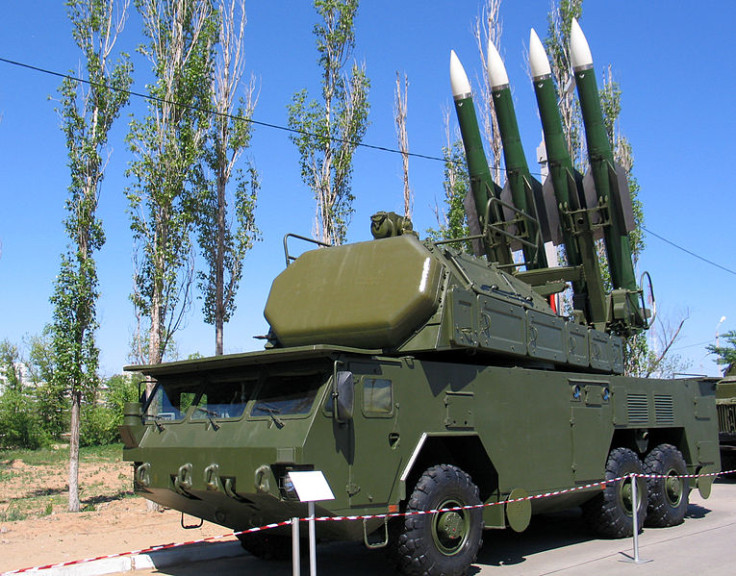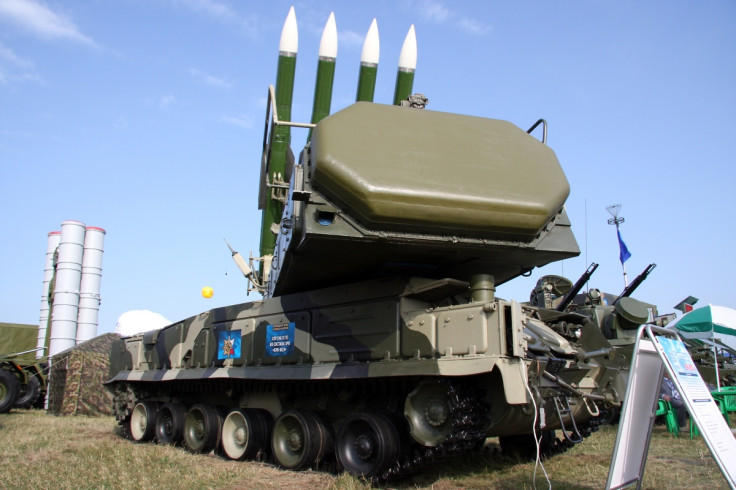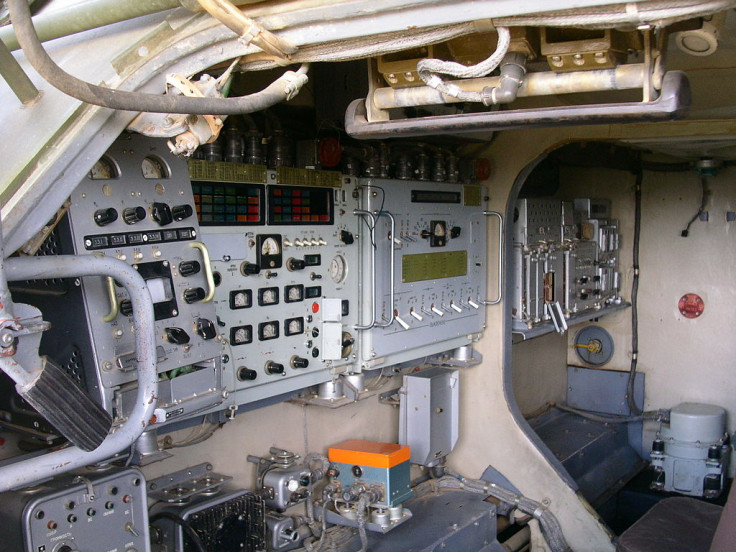Malaysia Airlines MH17 Crash: What is a Buk Missile Launcher?

Malaysia Airlines MH17 crashed near the town of Grabovo, in the Donetsk Region in eastern Ukraine, killing all 298 passengers and crew onboard.
While details continue to emerge about the crash, one fact has been confirmed by both the Ukrainian government and US intelligence – the crash is consistent with an airplane being shot down by a ground-to-air missile.
Although it is not yet known where the missile was launched from, both the Ukrainians and the Russians are known to be using Soviet Buk missile systems.
What is a Buk missile system?
The Buk is a soviet, vehicle-mounted, guided missile air defence system that has been in service since 1979, designed to defend field troops from air threats.

The most recent version, the Buk-M2E, has been given the nickname "SA-17 Grizzly" by NATO and the US Department of Defence.
Typically, a Buk battalion comes with one command vehicle, a target acquisition radar (TAR) vehicle, six transporter erector launcher and radar (TELAR) vehicles and three transporter erector launcher (TEL) vehicles.
Each TEL vehicle is a tracked chassis that carries one row of four ready-to-fire missiles in launch tubes, connected to a turntable style launcher assembly mounted on the rear of the vehicle. Each vehicle also has its own phased-array radar mounted on the turntable assembly.
As for the missiles, each one weighs 710kg and measures 5.5m in length, with an explosive load of 180kg.
What can it do?
If the plane was shot down by Ukrainian rebels, then they might only have had access to just one TEL vehicle.

Nevertheless, that is allegedly enough, as the system comes with an advanced array fire control radar system that can focus on four targets at one time, while simultaneously tracking another 24 targets in the background.
The system is clever enough to correct the missile's direction mid-course with radio datalink updating from the radar.
And the time it takes from tracking a target to launching a missile takes just 22 seconds, which would certainly be powerful enough to hit a civilian airplane in one go.
The Ukrainian government says that MH17 was shot down from a height of 10,000 metres. This would be consistent with the most recent versions of the Buk, which can reach altitudes of between 11,000 to 25,000 metres.
If it was the rebels, where did they get the missiles from?
At this point, everything is at most an educated guess, but there are some theories.
Some defence experts believe that Ukrainian government forces left the Buk system behind when they retreated from southern Ukraine, although why would you leave expensive weapons lying around for someone else to use?
Associated Press claims that one of its journalists saw what looked like a Buk missile launcher in the Ukrainian town of Snizhne yesterday, which is located just 25km from Grabovo.
Justin Bronk, a research analyst with the Royal United Services Institute, told AP: "My personal hunch is that given the military setbacks that the separatists have suffered of late, and the Ukrainian military's increasingly confident use of airpower, Russian authorities decided to send a few SA-11 systems across into the Donetsk area.
"However, I also highly suspect that the separatists did not intend to shoot down an airliner, but probably thought they were targeting a Ukrainian transport at high altitude."
© Copyright IBTimes 2025. All rights reserved.




















